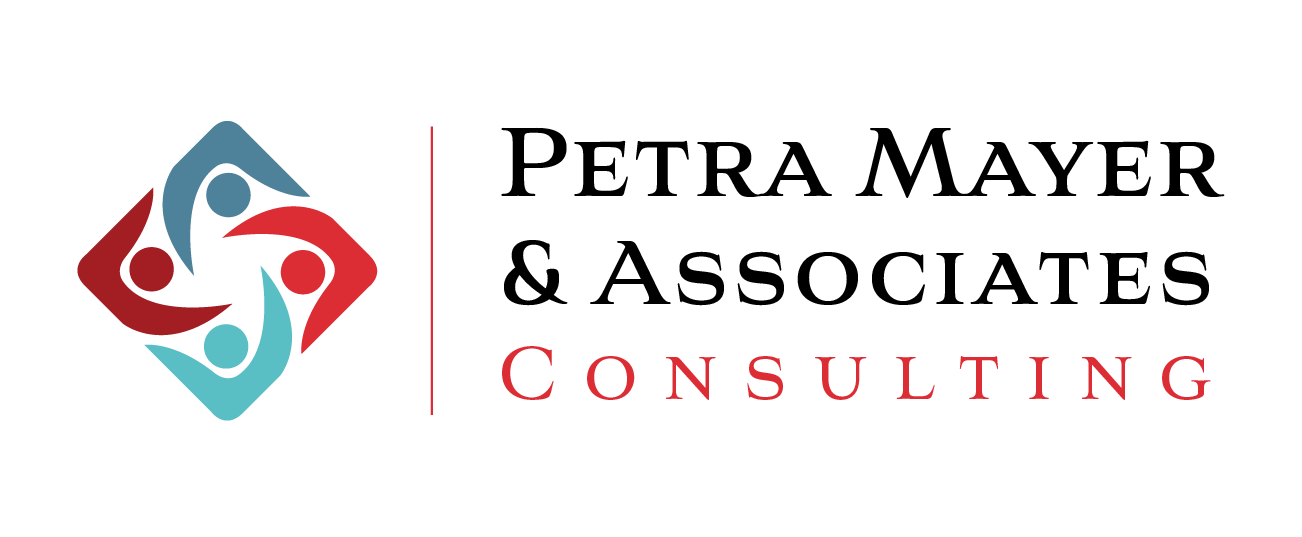Adult learning programs help organizations reach their goals, build skills from within, and support their members and communities. But how can you tell if these programs are truly making a difference?
Basic numbers like course completion rates only tell part of the story. To really understand how well your programs are working, you need to look at things like changes in behaviour, long-term results, and how well the learning matches your organization’s goals.
In this guide, we’ll explore a more thoughtful and creative way to measure success. You’ll learn how to go beyond the basics and build a clearer picture of what your learning programs are achieving.
What Does Success Look Like For Your Organization?
Many organizations rely on simple numbers to measure success, like how many people showed up, finished the course, or passed a quiz. While these stats can be helpful, they don’t really show the full impact of your learning program.
Start by asking: What change do we want to see? Are you helping volunteers improve their communication skills? Supporting staff through burnout? Guiding community members as they apply for housing help?
Once you know the goal, you can build your evaluation around it. A helpful tool for this is the Theory of Change. It shows how your learning program connects to real results, step by step:
- Inputs – The resources, time, and people involved
- Activities – What you offer, like courses or webinars
- Outputs – How many people took part and what they received
- Outcomes – What changed (new skills or behaviours)
- Impact – The bigger effect on the community or sector
When you’re clear about the change you’re aiming for, your evaluation becomes more powerful and more meaningful to funders, members, and leadership.
Bridging the Gap Between the LMS and Real Life Learning
Most adults take training because they want to apply what they’ve learned in real life. That’s why it’s important to track how learning is being used after the training is over.
But many organizations still aren’t looking at what really matters. They often measure success by whether people finished the course or said they liked it. When that’s the main focus, it’s easy to miss the bigger picture of how people are actually using what they learned in their day-to-day work.
Here are a few ways to track learning in action:
- Reflection journals or change logs – Ask learners to write down when and how they used what they learned during the month after the training.
- Follow-up surveys – Send short check-ins at 1, 3, and 6 months to see if people are still applying their learning.
- Peer interviews or storytelling circles – Create space for learners to share how they’ve used their new skills. Their stories can become great case studies.
- Feedback from supervisors or team leads – If learners are part of an organization, ask their coworkers or managers how they’ve changed.
- Look at indirect results – You might see fewer support questions, more volunteers getting involved, or people using shared resources more often.
The goal is to connect the training to real changes in behaviour. That’s when you know your learning program is really making a difference.
Making Sense of Data Through Layered Metric Frameworks
One of the best ways to measure how well your training is working is to use more than one type of evaluation. A good place to start is with a simplified version of the Kirkpatrick Model:
Level 1: Reaction
Did the training feel meaningful? Did learners feel included, inspired, and interested? Use tools like quick surveys, testimonials, or word clouds to get feedback.
Level 2: Learning
What new information did people take away? Did they change their thinking or correct misunderstandings? Try pre- and post-quizzes, self-checks, or peer feedback.
Level 3: Behaviour Change
What are people doing differently after the training? You can collect self-reflections, 360-degree feedback, or simple logs to track changes.
Level 4: Bigger Impact
Is the training helping your organization or community in a meaningful way? Look for changes like more member involvement, better community outcomes, or new policies.
Use both numbers (like scores, attendance, and retention) and personal stories (like interviews or open-ended survey responses).
Turning Insights into Advocacy, Funding, and Program Growth
Collecting data is only the beginning. What really matters is how you use that information. When shared in the right way, your evaluation results can:
- Strengthen your case for funding and grants.
- Provide transparency to stakeholders and boards.
- Improve future program design.
- Deepen trust with your audience.
Turn your data into stories:
- Create one-page learning impact reports for stakeholders.
- Share quotes and visuals in newsletters or annual reports.
- Host a live webinar to walk your members through what you’ve learned.
Make it part of your learning culture to regularly ask: What worked? What didn’t? What should we try next time? Continuous improvement creates not just better programs but a more resilient organization.
Finally, don’t be afraid to ask for help.You can bring in an evaluator, collaborate with peers on shared metrics, or work with our team to align your learning strategy.
Final Thoughts
When you shift how you define success, track learning in real-life situations, use different types of data, and turn what you learn into action, your association or non-profit can make sure every training program does more than just teach.
And remember: you don’t need to measure everything. You just need to measure what matters most.
Ready to Take Your Learning Programs Even Further?
 Download our complimentary guide: 7 Steps to Develop an Engaging Course Curriculum to help you design learning experiences that resonate with adult learners. Whether you’re refreshing an existing program or starting from scratch, this step-by-step resource will set you up for success.
Download our complimentary guide: 7 Steps to Develop an Engaging Course Curriculum to help you design learning experiences that resonate with adult learners. Whether you’re refreshing an existing program or starting from scratch, this step-by-step resource will set you up for success.

